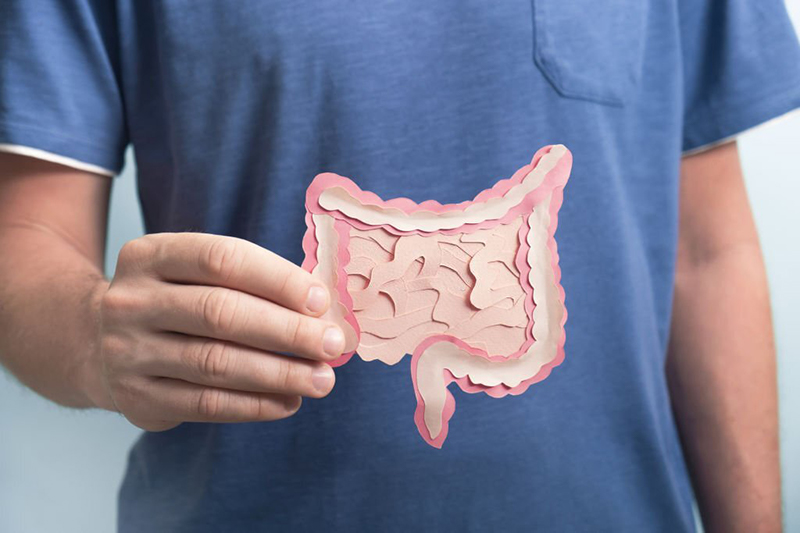Prebiotics and Probiotics in Clinical Practice
Prebiotics and probiotics have a symbiotic relationship in the gastrointestinal tract.
Prebiotics support the composition of existing microorganisms by promoting the growth of beneficial bacteria. Probiotics are live organisms that provide new bacteria to the host, the gut microbiome, whereas prebiotics support the composition of existing microorganisms by promoting the growth of beneficial bacteria. Our immune system, metabolism, and, of course, digestion are all supported by our microbiome, which is made up of trillions of microbes. We need a healthy balance of beneficial and bad bacteria in order to grow. probioticseverything.comprobiotic g tube
Fructooligosaccharides (FOS) and inulin are examples of prebiotics. Prebiotics ferment in the colon, producing short-chain fatty acids that help with digestion and allow the body to absorb and utilize nutrients more effectively. Prebiotics can be found in foods like bananas, onions, and artichoke hearts while eating a whole foods diet. probioticseverything.comprobiotic g tube
Lactobacilli, bifidobacteria, and Saccharomyces boulardii are the most frequent commercially marketed probiotic bacteria. Sauerkraut, yogurt, and kimchi are good sources of lactobacilli and bifidobacteria, whereas mangostein and lychee contain the beneficial probiotic Saccharomyces boulardii. probioticseverything.comprobiotic g tube
Tube feeding using prebiotics and probiotics:
Lifestyle decisions, medicine, nutritional consumption, and environmental factors all have the potential to upset the gut’s highly adjusted bacterial equilibrium. Including food sources of probiotics and prebiotics is a great method to ensure a diverse range of bacteria species and kinds. We feed our gut bacteria every time we eat, which supports our immune system, synthesizes vitamins and minerals, and produces short-chain fatty acids. When our diet is deficient in beneficial bacteria, pathogenic bacteria have an easier time intruding and wreaking havoc. Pre and probiotics have been demonstrated to alleviate bloating and other gastrointestinal symptoms, as well as enhance the immune system and mood. When selecting a supplement, it is common practice to select one that contains a variety of various species and types of prebiotics and probiotics. probioticseverything.comprobiotic g tube probiotic g tube
It’s critical to gradually introduce pre and probiotics to avoid gastrointestinal discomfort. Working with your doctor on a starting dose is recommended, with most people starting with a quarter of the dose and gradually increasing to the full amount over 7-14 days. probioticseverything.comprobiotic g tube probiotic g tube
Probiotics have been demonstrated to help with gastrointestinal issues such diarrhea, constipation, nausea, and vomiting. Furthermore, the use of prebiotic and probiotic foods in enteral nutrition has been proven to aid in the prevention and treatment of diarrhea, particularly Clostridioides difficile-associated diarrhea. Probiotics and prebiotics can be obtained by eating a whole foods diet or taking supplements. probioticseverything.comprobiotic g tube probiotic g tube

